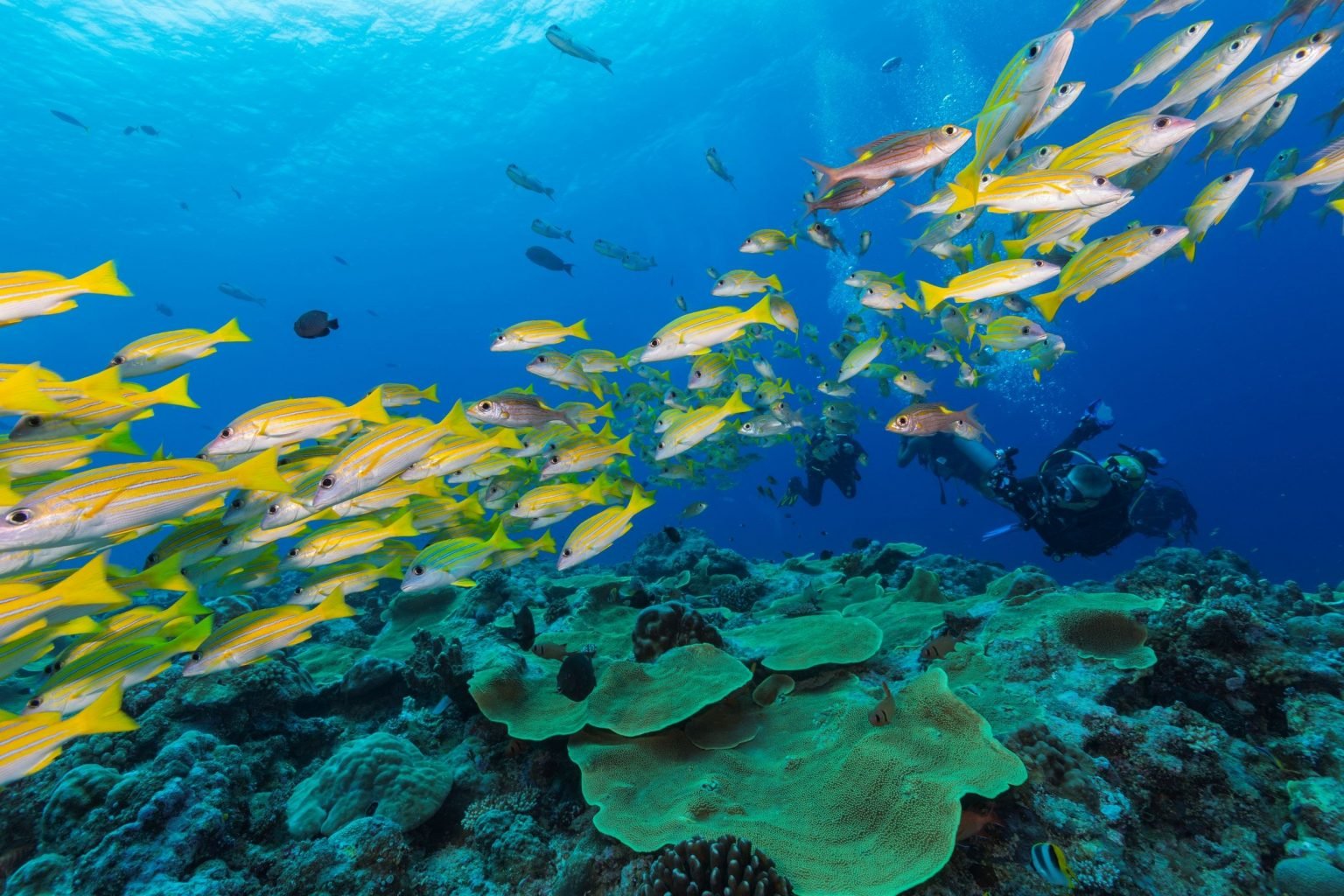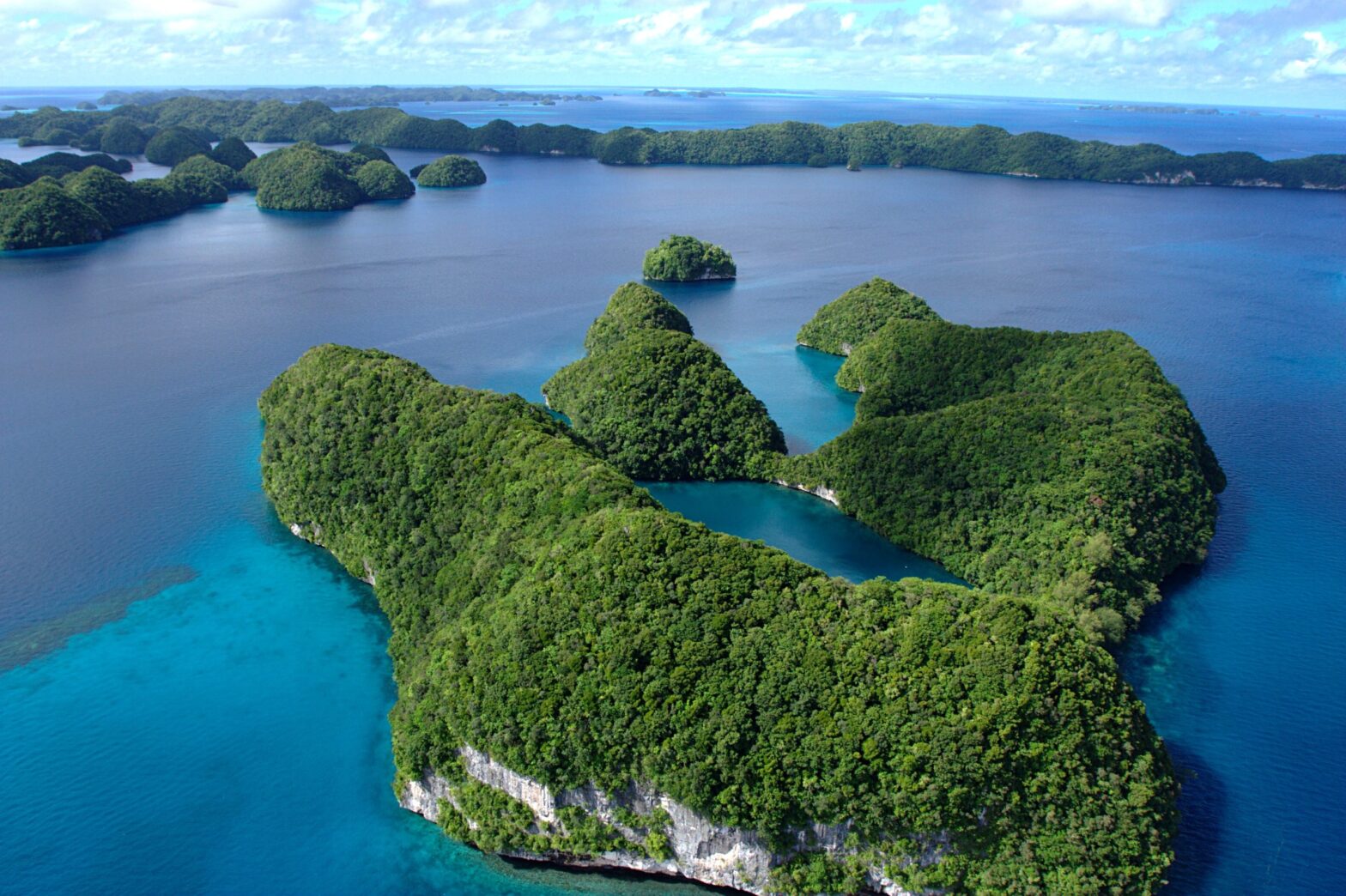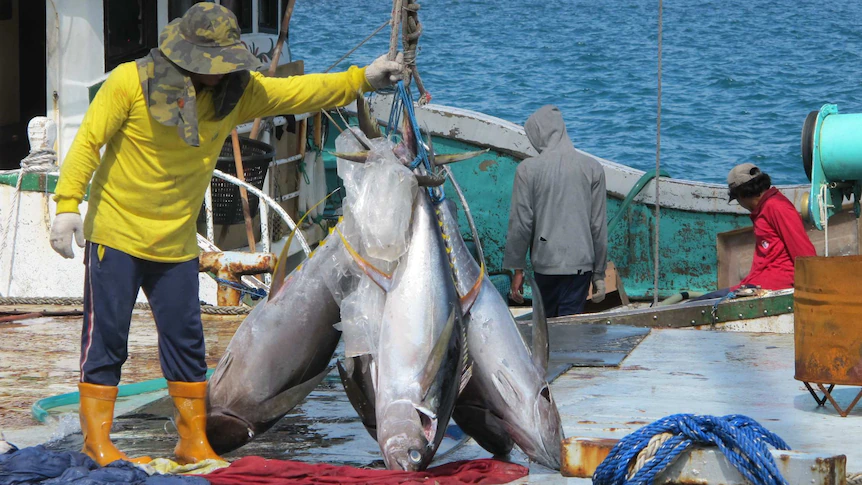A recently published study on Palau National Marine Sanctuary revealed behaviors that help improve domestic fisheries capabilities
A study recently published in the prestigious International Council for the Exploration of the Sea Journal of Marine Science in January 2022 looked at the effectiveness of large protected areas (PNMS) on the highly mobile fish species like marlin and tuna and to provide scientific data to help with the development of domestic fisheries.
“This is really the first large-scale satellite tagging program and specifically to address the large-scale marine protected area,” explained Dr Alan M. Friedlander, one of the co-authors of the study.
The study tagged three different fish species, the yellowfin tuna, marlin, and sailfish, to study the entire movement of the fish and collect other data.
The study showed that fishes cover a wide range of ocean in and out of Palau’s National Marine Sanctuary, over 1000 km. Yellowfin tuna, for example, spends most of their time around Palau’s EEZ before they go off. Most of the yellowfin tuna are juvenile and having them in Palau waters for a time reduces their risk of mortality which is good for Palau and also for the region, reported Dr Friedlander in an interview with Island Times on the results of the study.
Data from satellite tagging of the yellowfin tuna also revealed behaviors that help improve domestic fisheries capabilities. For example, data showed that the yellowfin tuna dive deep during the day down to about 600 feet to feed and rise to the surface at night. The tagging of small yellowfin tuna with acoustic tags showed that a year-old yellowfin tuna hang out more around northern FADS in Ngarchelong and Ngardmau waters while younger than a year old doesn’t show fidelity to certain areas but most can be located around southern FADs. This information from the study can guide the development of FAD placements as domestic fishery develops.
An important piece of information gathered from this too is that most of the yellowfin tuna are juveniles indicating that Palau may be a nursery for tuna. Tuna is not exclusive to the PNMS and protecting the juvenile nursery habitat is important.
Tagging of blue marlin shows them moving in and out of Palau waters, some coming back three to four times. This is a highly overfished fish and the period it is in Palau waters help to reduce the fishing pressure on the species which is beneficial for the stocks.
The same tagging of a sailfish shows that it ranges far outside of Palau’s EEZ but comes in and out often spending more time in Palau’s EEZ.
The study shows that all species of the tagged fish do travel out of Palau’s National Marine Sanctuary to other countries’ EEZs, into the high seas but they spend some time in Palau waters and the protection afforded by the PNMS can provide much-needed protection to juvenile tuna and a brief reprieve from intensive fishing pressures on marlin.
The study also shows that regional cooperation on fishery and conservation networks is important for the future sustainability of these species in this region of the Pacific.
This story was written by Leilani Reklai, originally published at Island Times on 10 May 2022, and reposted via PACNEWS.




